
Home is a name, a word, it is a strong one; stronger than magician ever spoke, or spirit ever answered to, in the strongest conjuration. ~ Charles Dickens
Many years ago, a salesman who traveled much of the southeastern U.S. for his job, was asked by an inquiring young man what State he thought had the finest scenery. Without hesitation he replied North Carolina, and with a smile full of fond memories at that. The salesman was obviously remembering some of those scenes while answering the question. The history and photo story your on about the House in the Horseshoe, brought the full meaning back to me of what that man so genuinely felt, after visiting this historical site in the eastern Piedmont region of North Carolina.
As mentioned in some previous stories on the Carolinian's Archives, this 18th century built majestic home was one of four sites an associate and I visited recently in mid-North Carolina for articles and photos to feature on the website. Without a doubt, this historical structure and the acreage it sits upon were one of the highlights of the trip. I also decided to make this article more of a photo-tour kind of story rather a text heavy one; there is just so much info attached to the place and its surrounding property, that doing it from more of a personal experience style, verses a Wikipedia way, seemed like it would be more enjoyable to write and a friendlier read.
However, for those who want some more interesting details and facts, they'll be some links at the end of the article to go on. It's not that we won't have some history along with the photos, certainly there will be; and some not found on other sites I looked at, but with a few first hand tales related to us from the state park man. We and the guide were the only ones there the whole time, so that was an opportunity to become more chummy and relaxed with the gentleman than other wise might have been the case had there been a lot more folks on the tour.
Many years ago, a salesman who traveled much of the southeastern U.S. for his job, was asked by an inquiring young man what State he thought had the finest scenery. Without hesitation he replied North Carolina, and with a smile full of fond memories at that. The salesman was obviously remembering some of those scenes while answering the question. The history and photo story your on about the House in the Horseshoe, brought the full meaning back to me of what that man so genuinely felt, after visiting this historical site in the eastern Piedmont region of North Carolina.
As mentioned in some previous stories on the Carolinian's Archives, this 18th century built majestic home was one of four sites an associate and I visited recently in mid-North Carolina for articles and photos to feature on the website. Without a doubt, this historical structure and the acreage it sits upon were one of the highlights of the trip. I also decided to make this article more of a photo-tour kind of story rather a text heavy one; there is just so much info attached to the place and its surrounding property, that doing it from more of a personal experience style, verses a Wikipedia way, seemed like it would be more enjoyable to write and a friendlier read.
However, for those who want some more interesting details and facts, they'll be some links at the end of the article to go on. It's not that we won't have some history along with the photos, certainly there will be; and some not found on other sites I looked at, but with a few first hand tales related to us from the state park man. We and the guide were the only ones there the whole time, so that was an opportunity to become more chummy and relaxed with the gentleman than other wise might have been the case had there been a lot more folks on the tour.
After seeing the sign and pulling down the unpaved road a for what seemed like a couple hundred feet or so, the house and accompanying buildings came into our sight. At first it looked like any other very old house that had been taken of care for as long as this one has. All of that was to quickly change into something else entirely more interesting before long though.
The site's guide soon walked down from his small building near the entrance and greeted us. Before what soon turned-out to be a fine gentleman reached the home and new arrivals, its atmosphere had already started to sink in and a feeling of an adventure of sorts was starting to be felt by the both of us.. A cool ambience was just all over the place, is perhaps the best way to describe it. One of the first things noticed about the two-story house itself, was the large number of big bullet holes out in front, through the wood. Very obvious they were, and this before even knowing positively who made them or even when.
Now I knew from a brochure or something else I read, that the place had a strong Revolutionary War past to it, so I probably assumed they came from that era, but just wasn't sure. There turned out to be much more to this historic site than just that event, however. So what you see in these first few photos and gallery are basically what was first seen by us on arriving at the House in the Horseshoe..
And before proceeding any further, let me state there was an inner- feeling of peace that came over me, while just looking around and waiting for the guide to walk down the road to greet us. Beautiful scenery to take in for one thing, as there were wide vistas about, except for maybe the back area, where a lot of attractive trees, a split- rail fence and some buildings were.
The site's guide soon walked down from his small building near the entrance and greeted us. Before what soon turned-out to be a fine gentleman reached the home and new arrivals, its atmosphere had already started to sink in and a feeling of an adventure of sorts was starting to be felt by the both of us.. A cool ambience was just all over the place, is perhaps the best way to describe it. One of the first things noticed about the two-story house itself, was the large number of big bullet holes out in front, through the wood. Very obvious they were, and this before even knowing positively who made them or even when.
Now I knew from a brochure or something else I read, that the place had a strong Revolutionary War past to it, so I probably assumed they came from that era, but just wasn't sure. There turned out to be much more to this historic site than just that event, however. So what you see in these first few photos and gallery are basically what was first seen by us on arriving at the House in the Horseshoe..
And before proceeding any further, let me state there was an inner- feeling of peace that came over me, while just looking around and waiting for the guide to walk down the road to greet us. Beautiful scenery to take in for one thing, as there were wide vistas about, except for maybe the back area, where a lot of attractive trees, a split- rail fence and some buildings were.
Photos below are the porch- multiple bullet holes around door- pretty scenery with path and fence
| A high-up politico man in the 18th century had this unusual house built in 1772. Unusual in the sense that most people at that time in middle North Carolina, which was still somewhat frontier country, lived in rough-hewn cabins. The man's name was Philip Alston and he had the home on 4,000 acres of property he bought as well. He came from a wealthy family near the coast and, along with his wife, purchased all this in Moore County (which was part of Cumberland Co. until 1785) without the aid of an inheritance. Apparently a Scots contractor fellow was hired for the building work. The man and his workers did a super bang-up job with its construction, just a magnificent place to sum it up. But, let's not forget those who have kept it this way throughout the years. One of the first things I asked the guide, who was laid-back, soon to feel quite comfortable with us, and very knowledgeable, was how all the bullet holes came to be? As mentioned at the start, we were the only visitors the whole hour or so we were there. Nice, very nice, to have a fellow like our cool guide to show us around and talk about things. Just the three of us. Maybe going on an early weekday, later on in the day, is the best time for a chance of this happening for other visitors. In 1780 when British forces took Charleston and then Cornwallis marched up into the Carolina backcountry, local folks pretty much had to declare for one side or the other, loyalist or patriot. Philip Alston went with the independence-minded and was a colonel. A man with a rather unsavory, infamous reputation, named David Fanning, went the other way. The colonel's men were bivouacked at the house come July 29th, 1781, when Fanning's more numerous followers came-a-calling with an attack. So that's where all those holes came from. I don't know what caliber muskets Fanning's men were firing but they were surely heavy, as some bullets not only went through the thick wood up front but hit places far back in the house, like the stairs, for example. The loyalists even tried burning the home down. According to one source I checked on the internet, it said Alston's wife settled the surrender of her husband's men outside in a small structure. But the guide also told us that this brave woman, whatever she discussed, or persuaded, was that Fanning would sit the rest of the war out. As far as that history goes, I can't say for sure what he did, but the guide would know if anyone. Also, he told us that during the shoot-out, she had her children stand up in the fireplace chimney to avoid being hit by any of the attackers' deadly lead missiles. | Bullet holes inside the home with the first photo taken at the staircase; the fireplace where the children stood-up during the skirmish and woven bassinet next to it. The last one was taken in the downstairs bedroom across from the fireplace. |
Before continuing on, some readers might be wondering how the place got its name. The home and property are somewhat in the area of a large flow of water called the Deep River that bends around like the letter U.. So from the air, and just surveying things out, it certainly would appear as a place inside a horseshoe. Maybe there will be a map on one of the links. I couldn't find a book that was available to be checked-out at the libraries I visited, seeking info on the historic home, so we'll see, as I, and any interested reader, check the links out further, in more detail. Anyway, it's appropriately named however the location of it sits within the Deep River bend.
The first three photos in the gallery above show the downstairs master bedroom with a writing desk, a pitcher wash basin and bed curtains. The bottom three show the upstairs children's/ playroom. And below are period clothes laid out in the upstairs children's room. I hope to add some more digitals from another SD card soon.
The first three photos in the gallery above show the downstairs master bedroom with a writing desk, a pitcher wash basin and bed curtains. The bottom three show the upstairs children's/ playroom. And below are period clothes laid out in the upstairs children's room. I hope to add some more digitals from another SD card soon.
Now might be good time to write that this unique place put off a peaceful vibe. It was just a beautiful area and it really made us feel comfortable and welcome. I'm very glad we choose this Houses on the National Register of Historical Places in North Carolina to visit. Being interested in house ghosts, I had to ask our guide right before we left if there were any unusual goings-on reported here. In a neutral and thoughtful manner, he replied that " if there are, they're happy ones".
Back to the photos: the gallery below shows the staircase, the girl children's toys and Alston coat-of-arms.
Some years after the war, 1790 to be exact, Alston sold the house to a Thomas Perkins after malfeasances in official capacities and even indictments for murder were brought against Alston. After the sale he moved out of the state. The place was then acquired by Gov. Benjamin Williams in 1798. The home and plantation grounds remained with his family until 1853, and from there had several ownerships until 1954, when it was purchased and fixed-up by the Moore County Historical Association. The next year saw the state buy it, and in a way, thank goodness for that, as it is one of, if the not best, preserved such places I've ever seen in the Carolinas.
Some info is in the last pictures on the photo tour, taken of boards set-up there at this historic site, which was near the guide's sprouting vegetable garden. The vegetables he had, and was rightly proud of, would have been something the owners through the many years would have had growing in plots as well. The wide fields about might have seen corn, wheat, and cotton, just to name several probable things planted, in those early years, too.
Some info is in the last pictures on the photo tour, taken of boards set-up there at this historic site, which was near the guide's sprouting vegetable garden. The vegetables he had, and was rightly proud of, would have been something the owners through the many years would have had growing in plots as well. The wide fields about might have seen corn, wheat, and cotton, just to name several probable things planted, in those early years, too.
The pics in the gallery above are an aboveground tomb, reconstructed period fence, doors to the root cellar under the detached kitchen and items in the small but excellent museum, such as a musket and farm/ plantation implements. Kitchens were usually apart from big homes in those days for fear of cooking fires & other causes.
Mr. and Mrs. Alston portraits. Below are various pictures of children's beds (could that be a night jar under the bigger bed?), garden, info boards, painting of house, an outbuilding which I believe is the kitchen detached from the main house, and a display case full of items from inside the interesting museum.
The Carolinian's Archives thanks and appreciates all viewers and followers for coming by, as always.
The Carolinian's Archives thanks and appreciates all viewers and followers for coming by, as always.
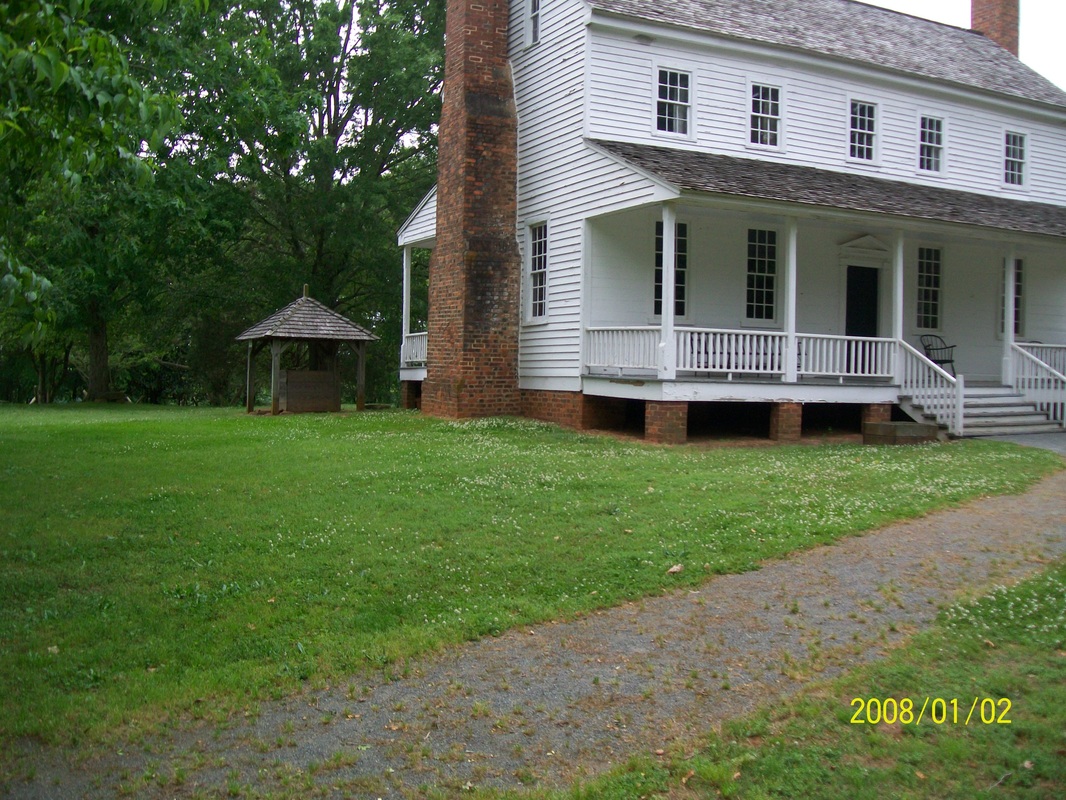
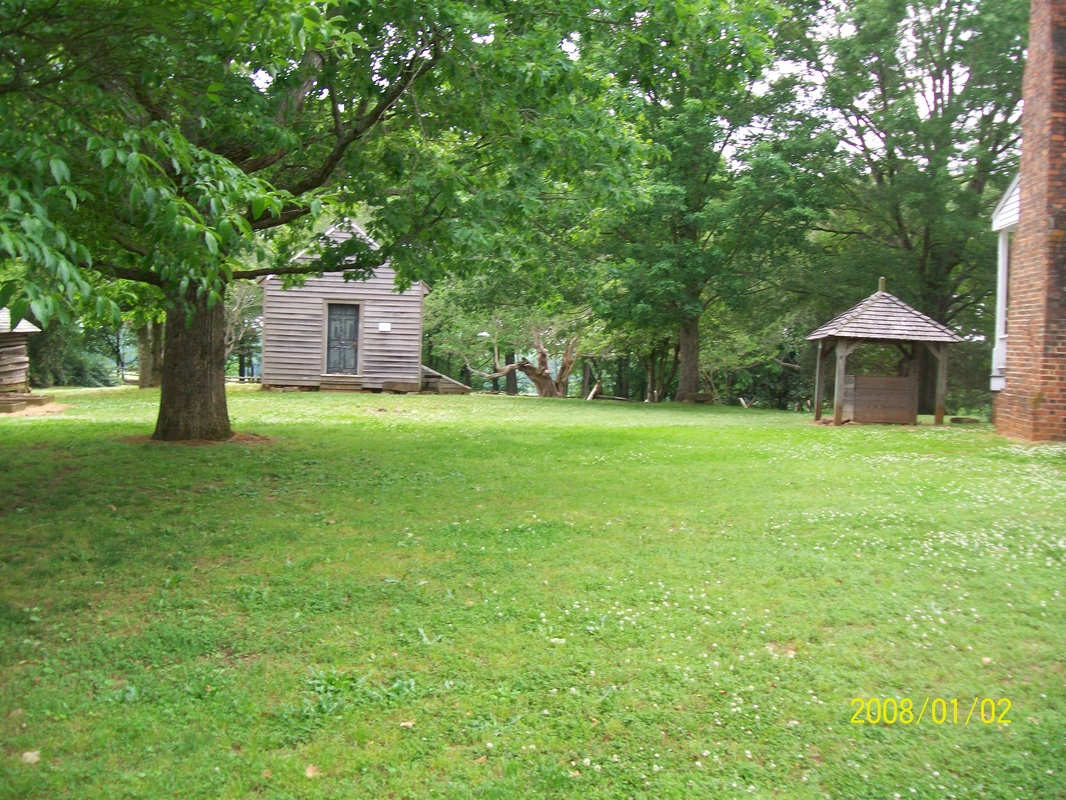
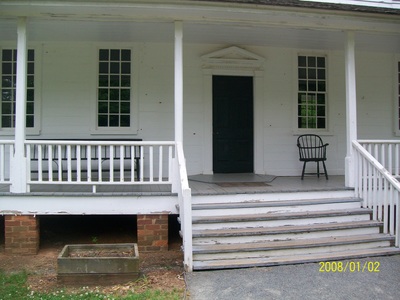
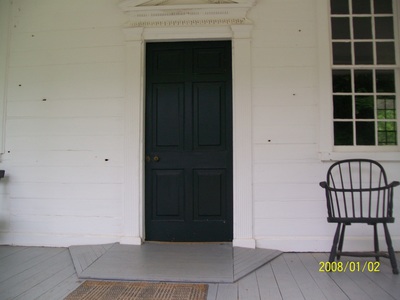
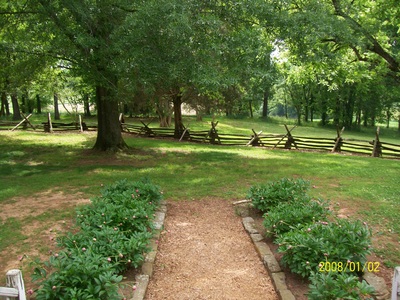
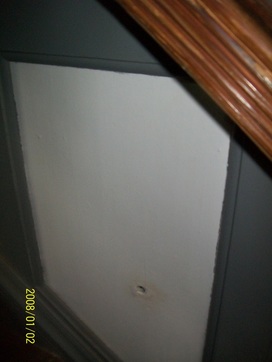
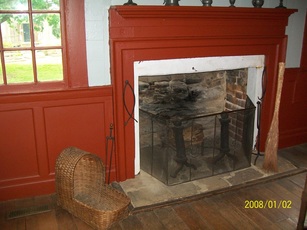
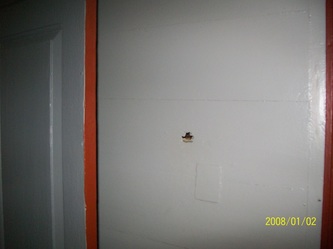
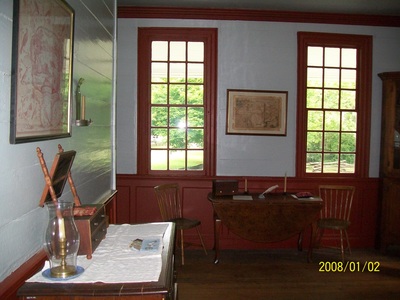
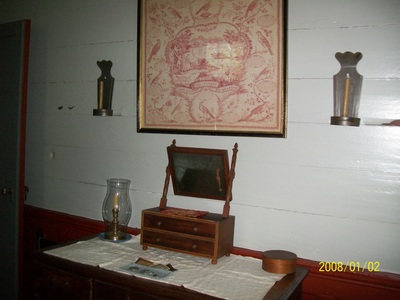
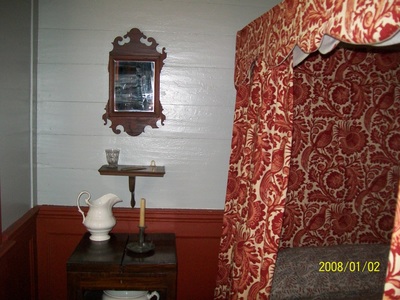
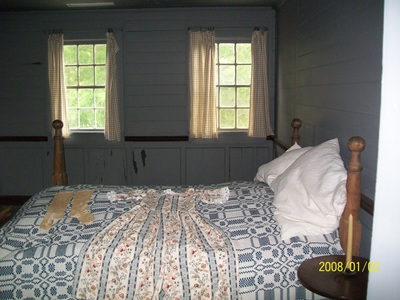
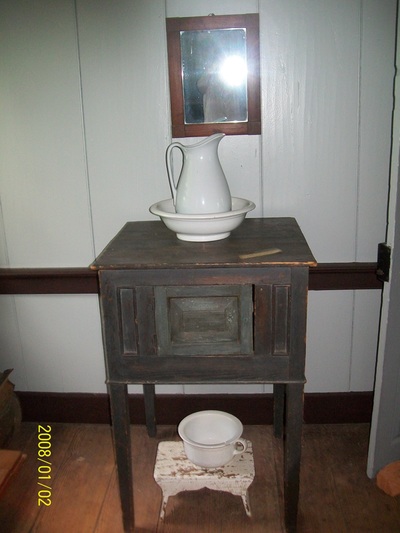
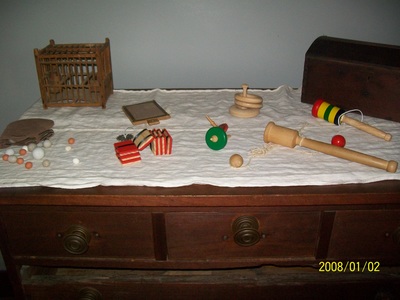
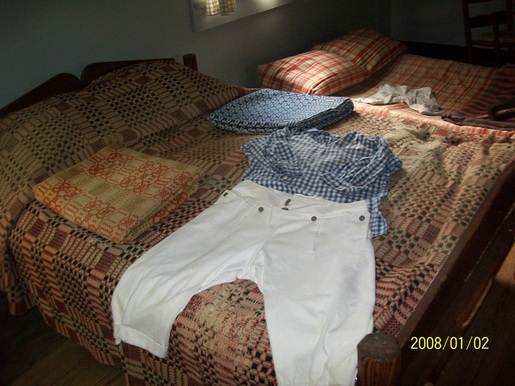
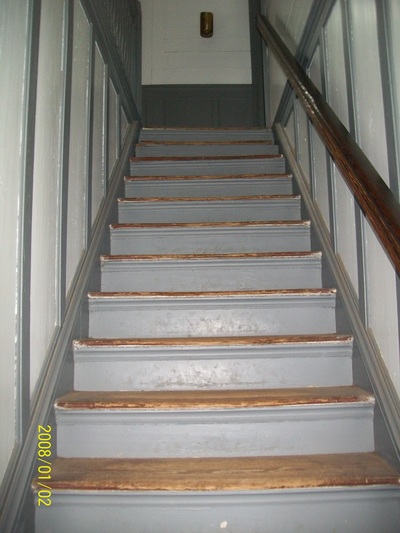
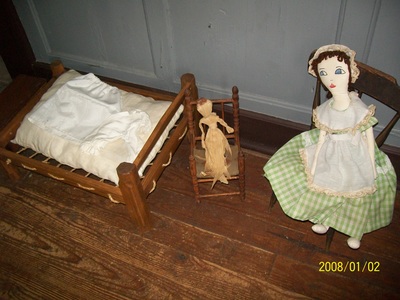
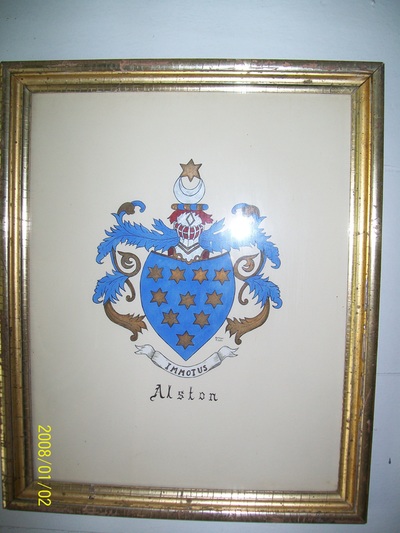
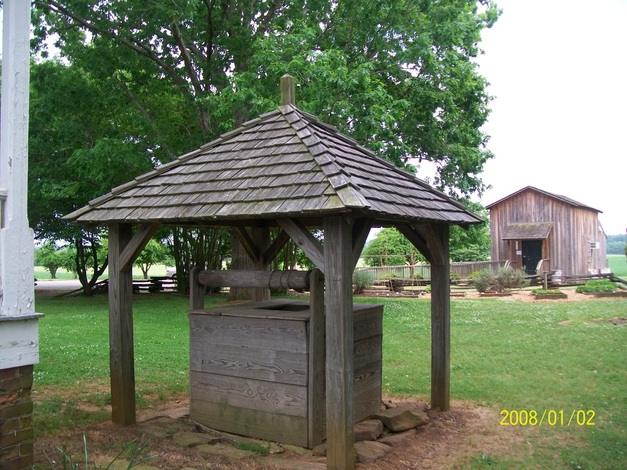
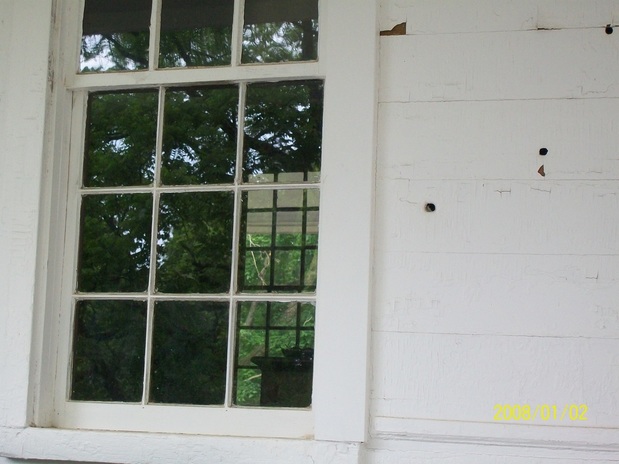

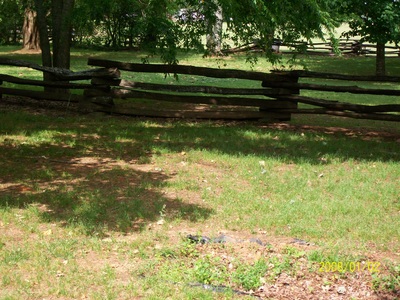
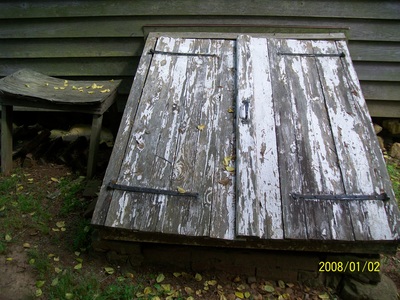
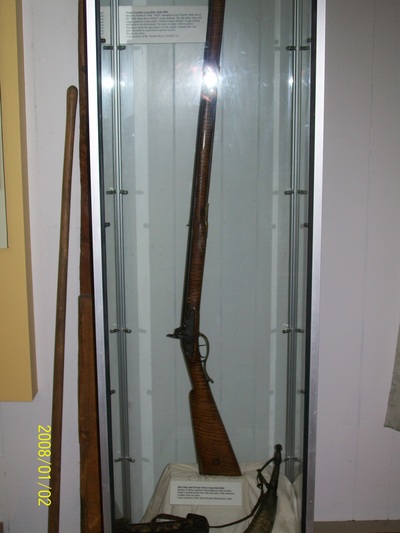
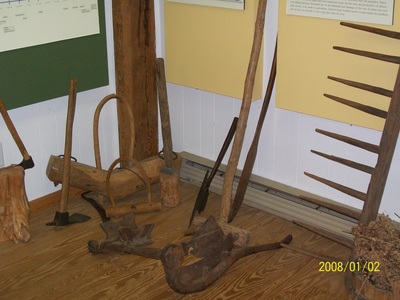
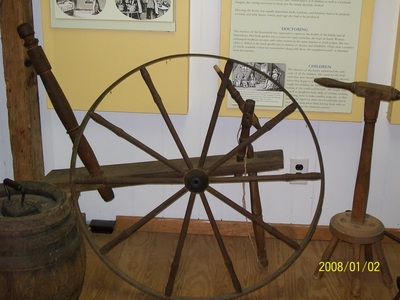
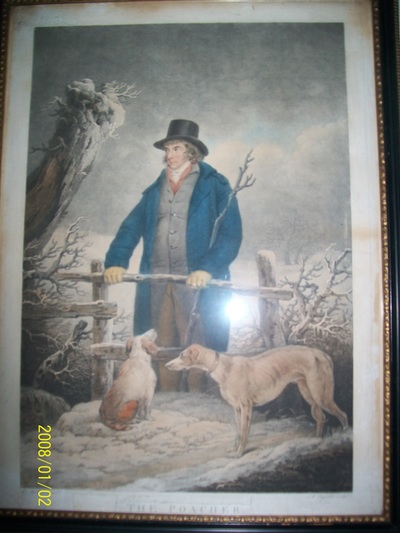
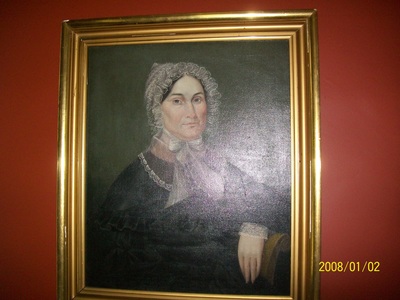
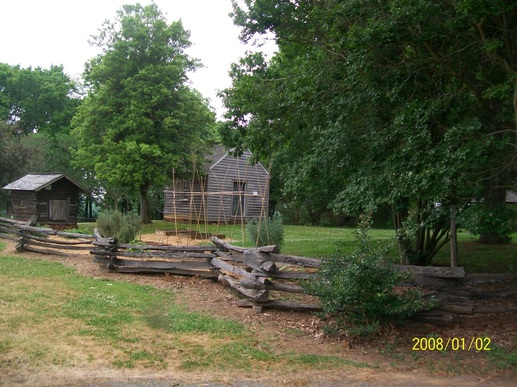
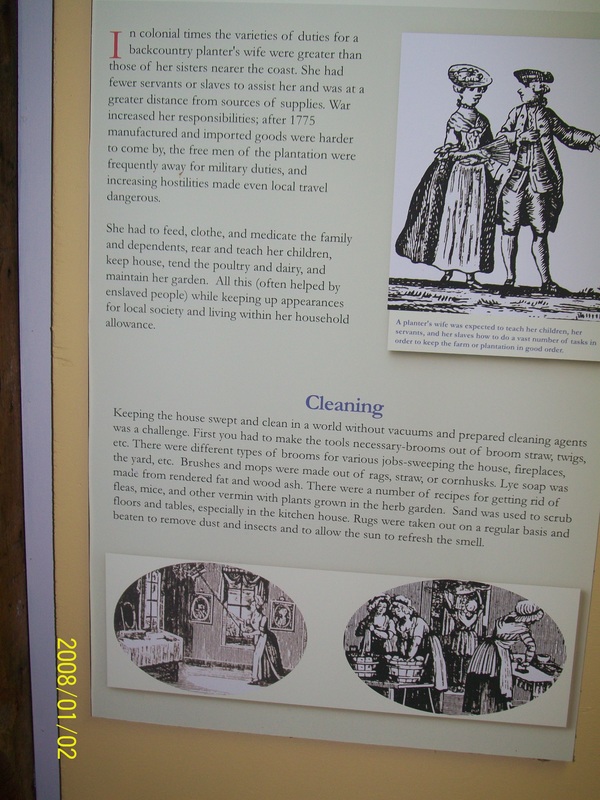
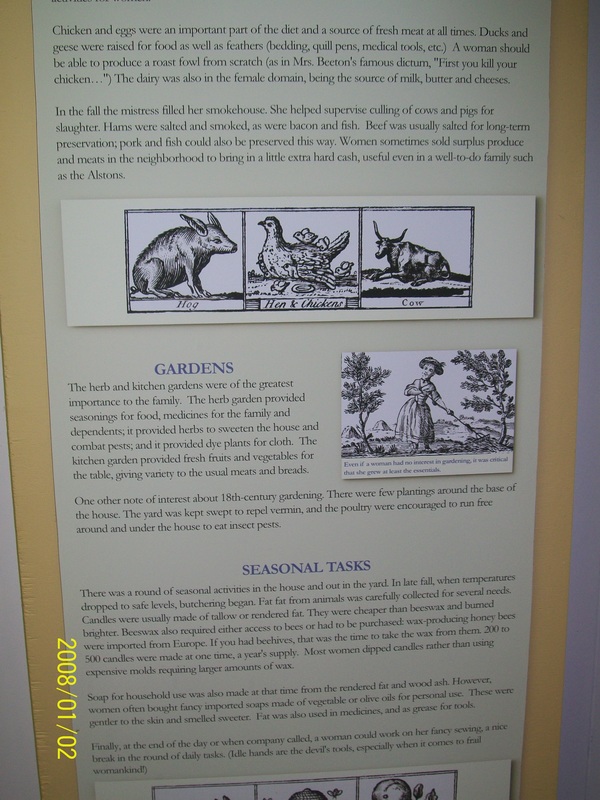
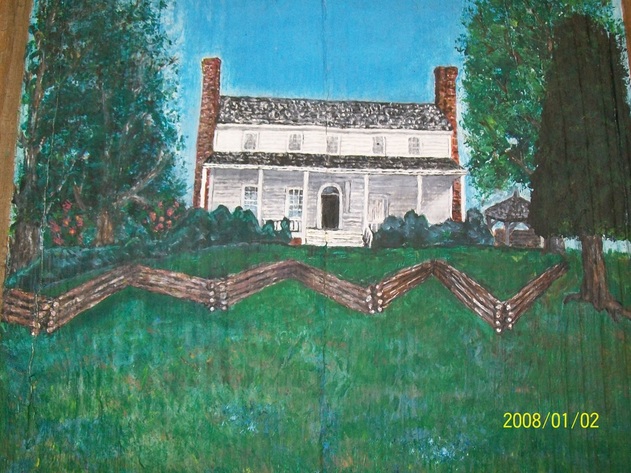
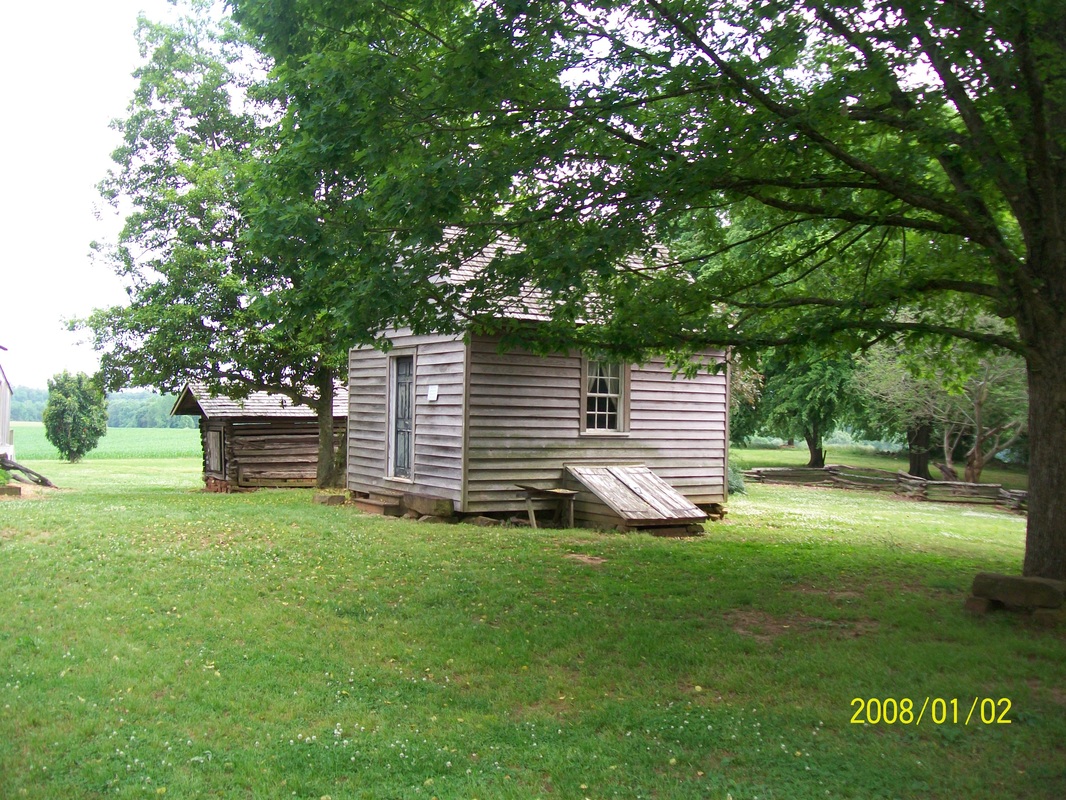
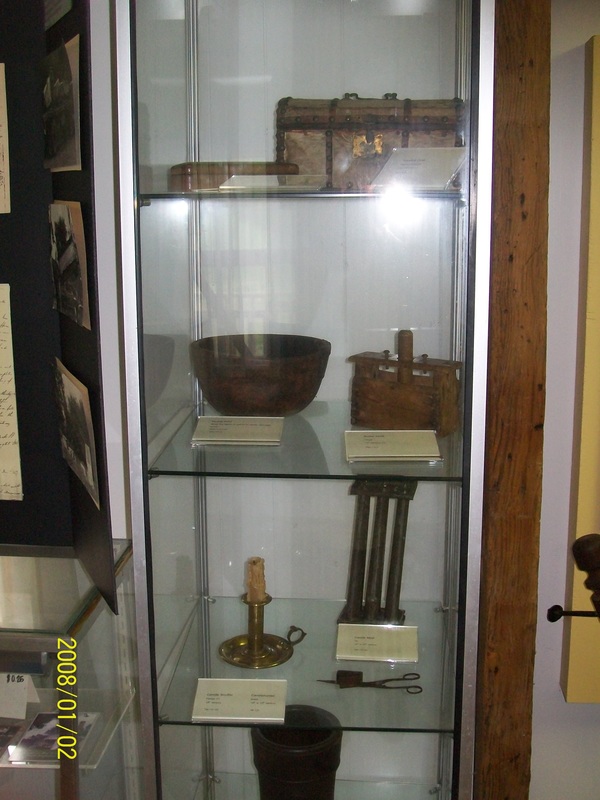
 RSS Feed
RSS Feed
